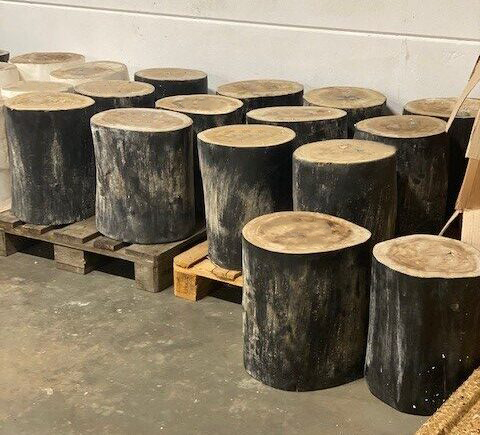Quality defects are usually classified into three main categories: minor, major, and critical.
Minor defects
Minor defects are typically small defects that do not influence the product’s function or appearance. In most cases, the customer hardly can notice this defect and they usually tolerate this defect.
Major defects
Major defects are more serious than minor defects. This defect could affect the function, performance, or appearance of a product. When a product doesn’t meet the client’s standards in terms of specification and quality is usually the main reason why a major defect appears.
These defects are noticeable by the customer. And these defects would likely cause a customer to return the product, lodge a complaint, or request a refund in response.
Critical defects
Critical defects are the most serious of the three defect types. Product with critical defects is completely unusable and/or could cause harm to the user. These defects put businesses at serious risk of product liability issues, lawsuits, and product recall.
EXAMPLES OF QUALITY DEFECTS IN DIFFERENT PRODUCTS
Different quality defects can appear in different products depending on materials, production processes, and standards used. Below are some common examples of minor, major and critical defects in different product types.
Softlines
Raw fabric, home textiles, garments, and other woven or knitted products, as well as footwear, are examples of softline products. Garments, in particular, are more susceptible to quality defects due to the labor-intensive manufacturing processes involved.
Human hands, for example, in sewing and stitching, increase variability in production. Some examples of common softline flaws are:
- Minor defect: Untrimmed thread – This is a common quality issue in the garment industry. This defect is easily reworkable in factories by simply cutting the excess threads.
- Major defect: Missing stitches – These defects are typically caused by a sewing machine malfunction or operator error. Missing stitches have an impact on the product’s visual appearance and can even affect seam strength, making this a more serious quality issue.
- Critical defect: Needle found in item – If needles are found in finished goods, they can be dangerous to the end-user. This type of defect is almost always classified as a critical defect.
Hardlines
Hardline products include a broad range of goods typically made of metal, wood, or plastic materials. This category includes most furniture, sporting equipment, cookware, building materials, and tools.
Some common hardline defects include:
- Minor defect: Light scratch on the surface – a scratch on the surface of a hardline item could be related to a production process or simply rough handling. A scratch and other damage to the surface of a hardline item typically won’t hurt the product’s salability, making this a minor defect.
- Major defect: Deep damage on item logo – Logo damage is frequently regarded as a major defect. They are also generally not tolerated because they can have a bad impact on product salability and consumer perception of a brand.
- Critical defect: Sharp corners or crack items – Sharp corners especially in furniture products can cause harm to the end-user and are frequently the reason for an inspection failing. These defects frequently result in product recalls, which is why importers frequently classify them as critical defects.
Defected products could cost you more money and time to handle the issue. Conducting quality control inspection as a preventive action could be your solution to minimize the issue.
Excellencial independent third-party inspection services in Indonesia will provide you with confidence that your products are having fewer defects and are handled in a proper way with the Inspection and Audit service in Indonesia.
Contact us for more information about The Quality Control services in Indonesia.

